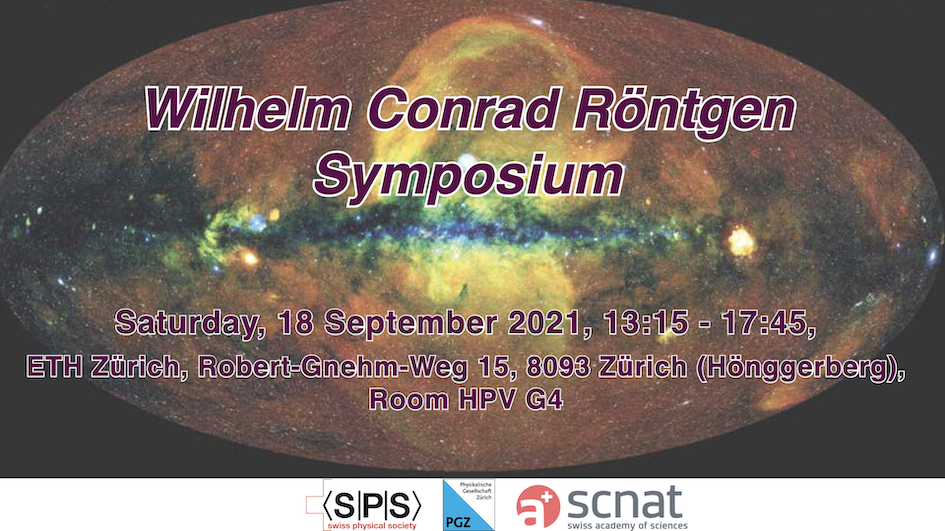Speaker
Description
Since the discovery of X-rays in 1895, the average brilliance of X-ray sources increased by 2 orders of magnitude every 10 years. This offers completely new opportunities for the investigation of the structural, chemical and magnetic properties of matter. The brilliance allows for highest resolution in real and reciprocal space and even extremely tiny amounts of sample can be analysed successfully. In combination with fast and sensitive detectors, methods originally developed for fundamental research can be applied to in situ and operando experiments to improve our understanding and ultimately the performance of catalysts, fuel cells or batteries. In laboratory applications, advances in X-ray sources and detectors enable the characterisation of the size and concentration of Nanoparticles by Small-Angle X-ray Scattering (SAXS). Since the beam coherence is proportional to its brilliance, coherence-based synchrotron and X-FEL methods such as X-ray Photon Correlation Spectroscopy (XPCS) were successfully developed to provide insight into the bulk dynamics of condensed matter. Recently, synchrotron SAXS studies contributed to the optimisation of the transfection efficacy and the production protocol of lipid nanoparticles as vehicles for mRNA developed as a vaccination against COVID-19.
